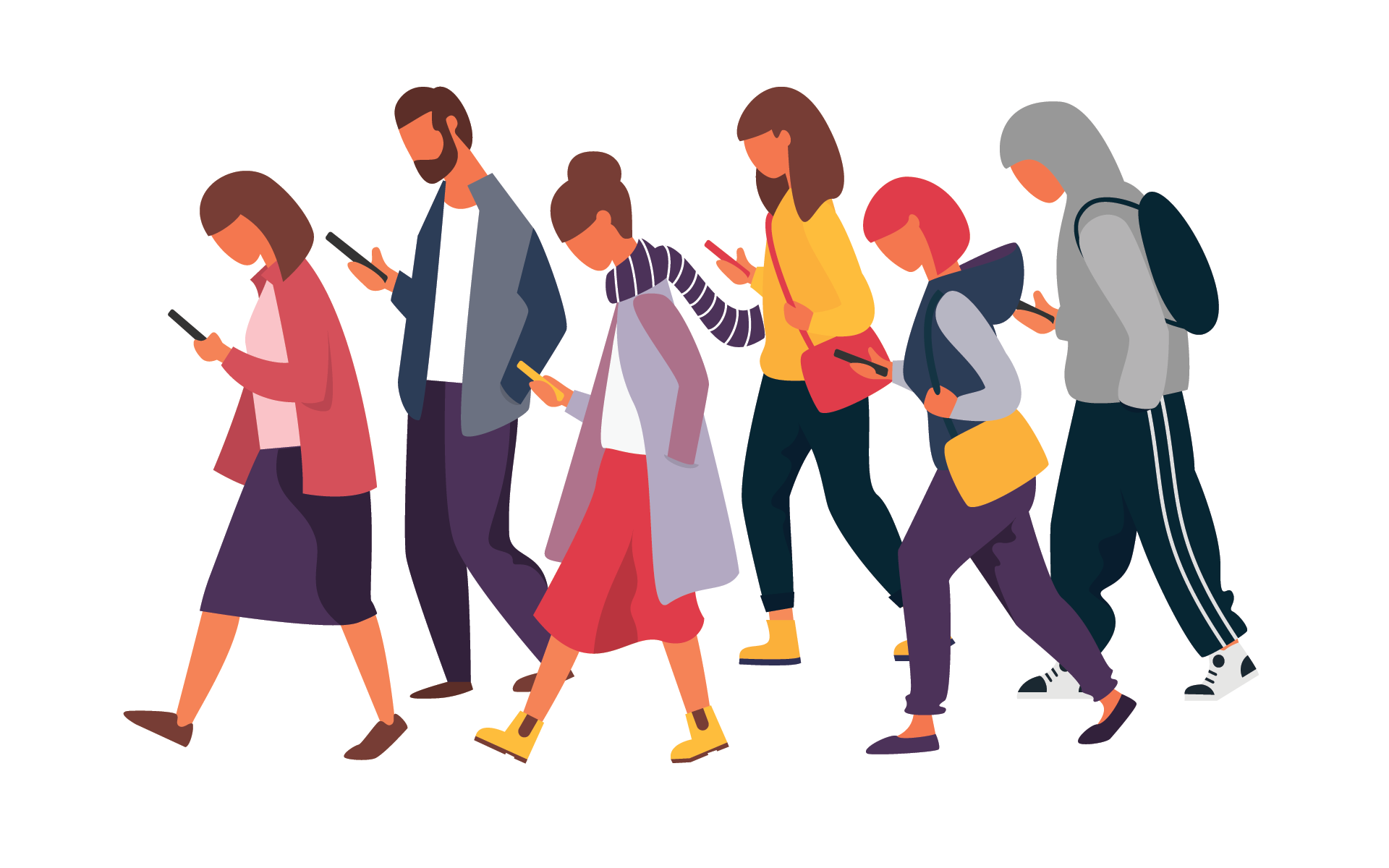An older man and woman carrying packages and two small children make their way onto a subway car—by all appearances grandparents with their grandchildren, who also are carrying bags. No one gets up to offer a seat, not even the young athletic man wearing earbuds.
The elevator door opens and you’re about to get out, but several people, eager to enter, are blocking your exit. You have to jostle through.
On the way into a mindfulness event, I encounter a man who nearly knocks me over as he leaves the event, intent on whatever is on his phone. Excuse me is not in his vocabulary.
Is the speed of our lives and the many distractions in a universe flooded with information making us ruder? It may be. Even at mindfulness conferences, I’ve noticed people roughly jostling to get to someone famous or had people stop listening to a conversation as they drift off into the world of their phones. I cannot say I’m a paragon of manners at all times, and there are definitely times when someone should interrupt me in mid-sentence or even before I open my mouth. Nevertheless, like others, I find an increased ignorance of the effect we’re having on those around us. Just the other day, I got a text from a close friend I was waiting to hear from. I stopped dead in my tracks to read it, blocking traffic at a museum and disengaging from the people I was with. My wife gave me a look. Wow. I need to up my game here, I thought. It’s just way too easy to lose track of those around me and get caught up in my little world. It always was, but our devices and the speed of life are making it worse.
Being attentive to what’s going on around us and where we fit in is indeed an element of our basic mindfulness
Being attentive to what’s going on around us and where we fit in is indeed an element of our basic mindfulness, an outgrowth of the sensory system called proprioception. And yet mindfulness is not about walking on eggshells and constantly minding our P’s & Q’s. There’s a certain natural flow we can tune in to—in a conversation, in a crowd walking down the street, in a group of people sharing a meal. When we click, it feels good; when we don’t, it’s awkward, and even allowing it to be awkward is part of being mindful. No need to fix everything.
Not only is it unwise to misinterpret mindfulness as hypervigiliance, there is also a common trap that can lead us down an unhelpful path when we take up practices intended to sharpen our mindfulness and awareness: the trap of self-absorption. Because mindfulness asks us to pay attention to ourselves, we can gradually turn it into an utterly self-involved project: the transformation of me. If we’re not careful, before we know it, our own intense focus on how the big-project-of-me is going causes us to forget to see others and where they are and what they need and what they’re saying.
Fortunately, just like coming back to the breath, it’s easy to come back to the people around us, grateful for the opportunity to emerge from our self-inflicted dreamworld, and say “Excuse me, after you.”







